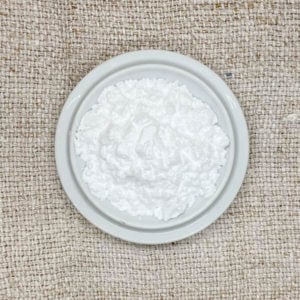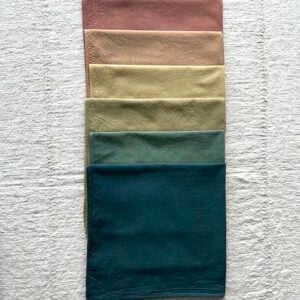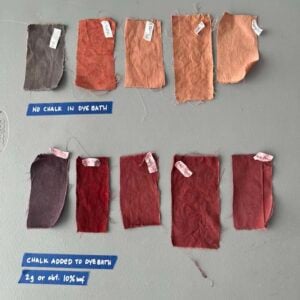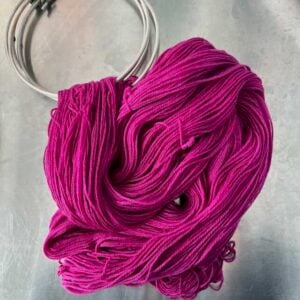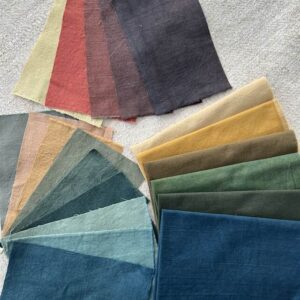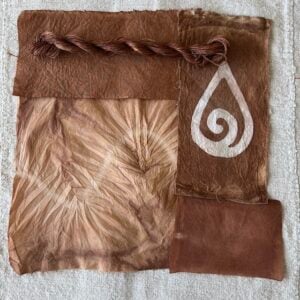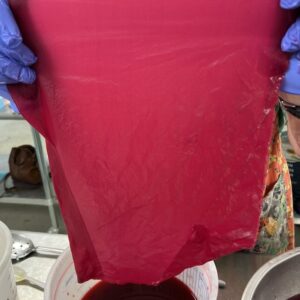Mordant Monday: Questions from the mailbag
Here’s a round up of questions from the community! Do I need to rinse mordants before dyeing? We rinse aluminum potassium sulfate mordanted fibers lightly before proceeding to the dye pot. We rinse aluminum acetate mordanted fibers lightly after we’ve completed the calcium carbonate dunging step. We rinse aluminum sulfate and tannin mordanted fibers lightly after the aluminum sulfate step. We rinse aluminum triformate mordanted fibers after the mordant step. We rinse iron mordanted fibers well after the iron mordanting step. How do I increase the amount of mordant on something that’s already been previously mordanted? We’ve had good success … Read more



